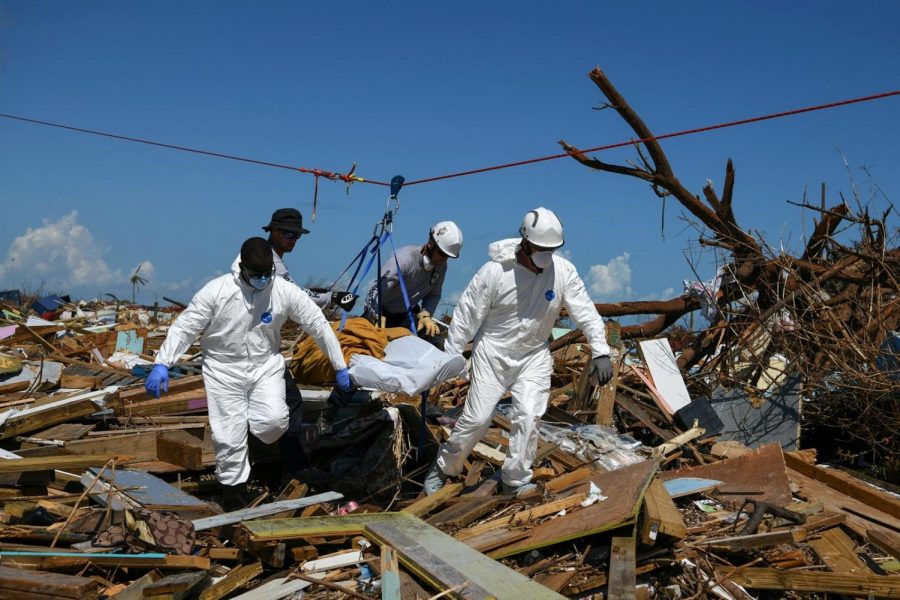Dorian – The Storm That Devastated the Atlantic
What started out as a tropical storm in the Carribbean grew to a monster hurricane in a matter of days. “Dorian” was titled an official hurricane on August 28th, and it continued to ravage oceans and helpless islands in its wake for weeks.
Instead of steadily moving through the Caribbean as expected, the hurricane hovered over the Bahamas for days, slowing in speed but not in strength. The hurricane remained at a Category 5 with record breaking winds, destroying millions of homes and killing 43 people‒a number officials expect to continue to rise. Residents of the Bahamas reported hundreds of missing persons and continue to plead for assistance. The U.S. National Coastguard was able to rescue more than 205 victims and aid is being provided from multiple countries and organizations around the world.
After leaving the Bahamas, Dorian moved to the U.S., slowing to a Category 1 hurricane on Monday, September 2nd. While making its way up the East Coast of the United States, Dorian again gained power and balanced between a Category 2 and 3. Many North and South Carolina coastal communities were evacuated, such as Myrtle Beach, Charleston, and the Outer Banks. The hurricane has also caused other natural disasters in the Carolinas; tornadoes and floods have destroyed homes and caused over 350,000 power outages. Dorian hit the Outer Banks of North Carolina with major flooding and left the islands stranded. Currently, the only way to reach the barrier islands is by airlift or boat, as flooding has blocked off roads and bridges. Steve Harris, a resident of Ocracoke Island, said, “We went from almost no water to 4 to 6 feet in a matter of minutes.” North Carolina Governor Roy Cooper has ordered medical and search and rescue teams to the islands for assistance.
After hitting the outer Carolinas, Dorian made its way to Virginia, threatening Norfolk and Cape Henry with winds of 70 mph and tidal flooding. The hurricane then moved toward the New England area and made landfall in Nova Scotia as a tropical storm on Sunday.
How can I help support victims of Hurricane Dorian? A spokesperson for the American Red Cross, Craig Cooper, explains that the best way to help is through donations. “People are so generous, and I know they rush to the [food] pantry and say ‘what can I give?’, but the best way to provide help is through financial donations,” says Cooper. Online donations are acceptable through RedCross.org or texting the word DORIAN to 90999, which will donate $10 automatically to the Red Cross Hurricane Dorian fund and will charge to your phone bill. The Salvation Army, Mercy Corps, Americares, World Central Kitchen, and the National Association of the Bahamas are also accepting donations to assist victims of the hurricane. Check your local news for more information on how to help in your area.











